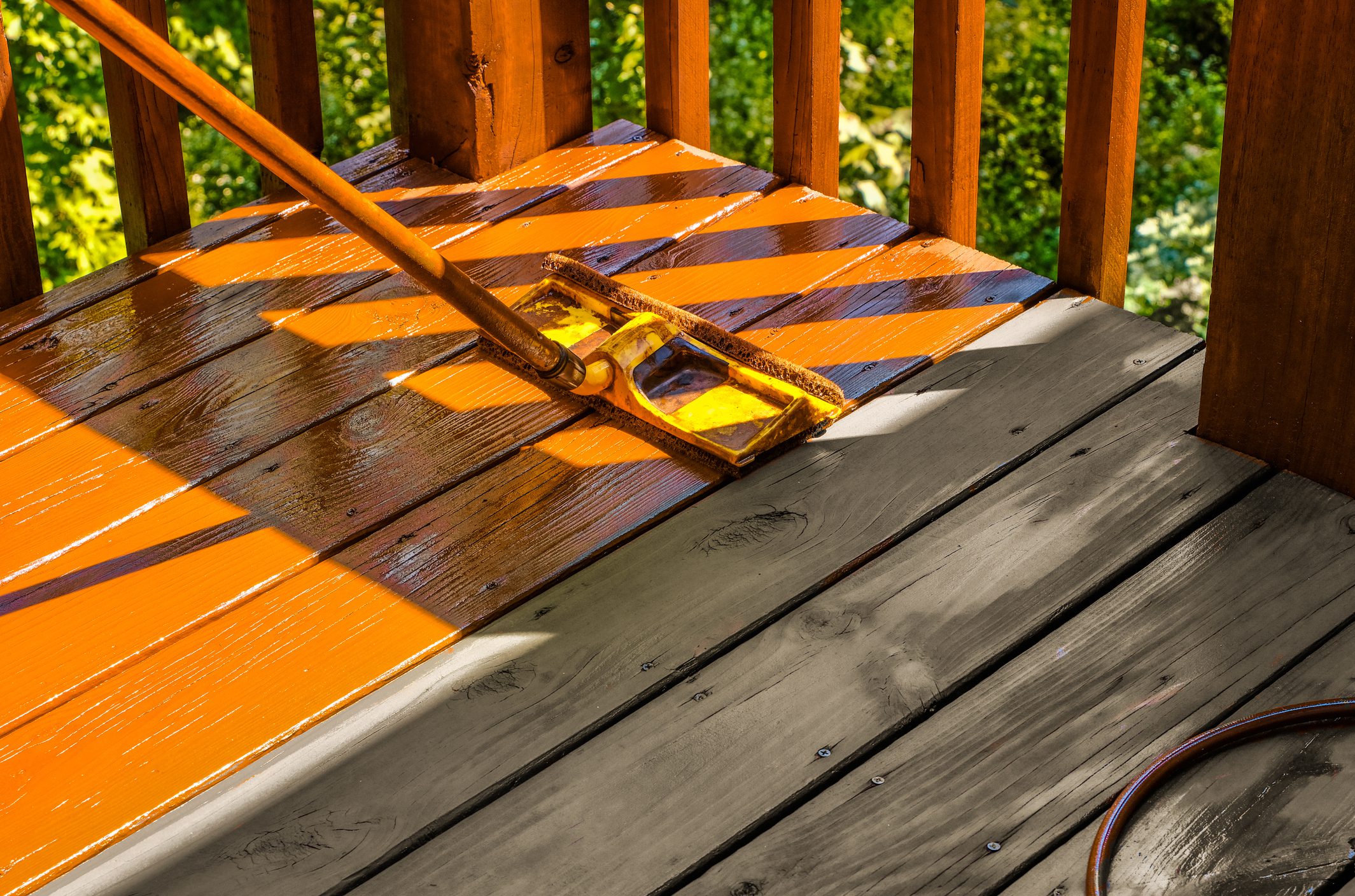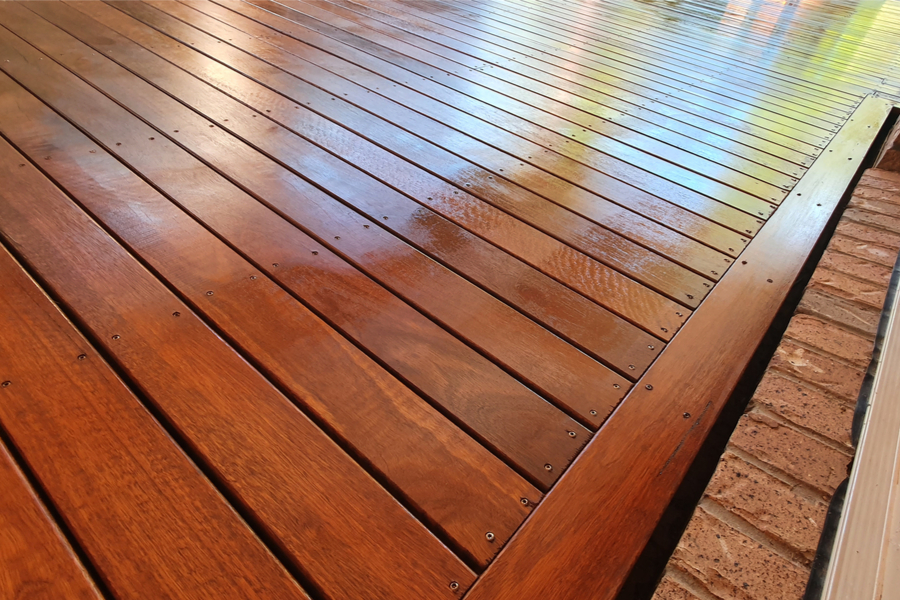Deck Staining Marvels: Changing Your Outside Oasis
Deck Staining Marvels: Changing Your Outside Oasis
Blog Article
Choosing the Right Spot for Your Fencing: Tips and Factors To Consider
When it involves keeping and enhancing the look of your fence, selecting the right tarnish is essential. With a wide range of alternatives offered, it can be overwhelming to identify which tarnish will certainly ideal fit your requirements. This overview will give you with factors to consider and suggestions to help you make a notified choice. We will explore the different kinds of fence spots, factors to consider before choosing a tarnish, suggestions for preparing your fence for staining, and the differences between oil-based and water-based spots. Additionally, we will certainly look into picking the ideal discolor shade to complement your fence and boost your outside area. By complying with these standards, you can make sure that your fencing remains secured and cosmetically pleasing for several years to come.
Understanding Different Types of Fencing Discolorations

On the other hand, water-based discolorations are made from acrylic or latex and offer a more subtle shade to the timber. Water-based discolorations are easier to cleanse up and have a quicker drying time compared to oil-based stains.
Choosing between oil-based and water-based spots depends upon various aspects, consisting of personal choice, the wanted look, and the degree of upkeep required. Oil-based stains are advised for surround high-traffic areas or those regularly revealed to extreme climate conditions. fence staining. Water-based discolorations, on the various other hand, are a popular choice for fence suburbs where look and simplicity of use are essential
Recognizing the differences in between oil-based and water-based spots assists property owners make an informed choice when selecting the best tarnish for their fence. Thinking about the details needs of the fencing, such as its location, direct exposure to sunlight, and preferred aesthetic, will certainly ensure that the picked tarnish supplies lasting security and boosts the overall elegance of the fence.
Variables to Take Into Consideration Prior To Picking a Discoloration

An additional aspect to consider is the type of wood your fence is made from. Different kinds of wood soak up spots in different ways, leading to differing degrees of color strength and longevity. For instance, softwoods like yearn may call for even more constant staining contrasted to hardwoods like cedar or redwood. In addition, certain timbers might be more vulnerable to concerns like rot or insect infestation, which may affect the choice of stain to preserve the fencing and safeguard.
The environment and weather in your area need to likewise be thought about. If you stay in a location with severe wintertimes or high humidity, you might require a tarnish that offers added protection against dampness and UV rays. If your fencing is subjected to route sunshine for lengthy periods, a discolor with UV inhibitors can assist prevent fading and discoloration.
Last but not least, it is very important to consider your wanted aesthetic. Different discolorations supply different shades and surfaces, allowing you to customize the appearance of your fencing (deck staining). Think about the total design and style of your property, in addition to any type of regional regulations or homeowner association guidelines that may determine the acceptable tarnish shades
Tips for Readying Your Fencing for Discoloration
To prepare your fence for discoloration, beginning by completely cleansing the surface area utilizing a mild cleaning agent and a stress washing machine or scrub brush. Cleaning up the fence is a vital action as it eliminates dust, grime, and any previous coverings that may conflict with the discoloration procedure. Begin by wetting the fence with water and after that use a moderate cleaning agent utilizing a scrub brush or a stress washer with a low-pressure setting. Scrub the surface carefully, paying additional interest to locations with stubborn spots or mold. Rinse the fence extensively with tidy water to remove all traces of detergent.
This step is critical as staining a wet or wet surface can lead to poor attachment and an irregular coating. Guarantee that the fence is completely dry prior to continuing with the discoloration procedure.
Prior to staining, examine the fencing for any damages, such as loosened boards or nails. This product assists to open up the timber pores, permitting the tarnish to pass through more efficiently and evenly.

Contrasting Oil-Based and Water-Based Spots
When picking a tarnish for your fence, Go Here it is very important to compare the characteristics and benefits of water-based and oil-based stains. Both kinds of discolorations have their very own benefits and considerations, so it is important to recognize the distinctions in between them.
Oil-based stains are understood for their resilience and resistance to tear and wear. They permeate deeply into the timber, supplying superb security against the components. They likewise boost the natural appeal of the timber by highlighting its grain and appearance. Furthermore, oil-based spots often tend to last longer than water-based stains, making them a prominent option for fences.
On the other hand, water-based spots are a lot more eco friendly and easier to clean up. They might not supply the very same level of defense as oil-based stains, particularly in harsh climate conditions.
Ultimately, the choice in between water-based and oil-based discolorations depends upon your specific needs and preferences. Think about aspects such as durability, ecological influence, and simplicity of application when making your decision. Consulting with a specialist or looking for suggestions from experts can likewise assist make sure that you choose the ideal discolor for your fencing.
Picking the Right Spot Shade for Your Fencing
The option of an ideal tarnish color for your fence is a crucial element of boosting its aesthetic allure and complementing the general layout of your exterior space (deck staining companies near me). The appropriate tarnish color can change a level, average fence right into a striking focal factor that adds deepness and character to your home
When choosing a tarnish shade for your fence, it is very important to think about the style and design of your home. If you have a standard or timeless design home, earthy tones such as browns and neutrals can develop a warm and inviting appearance. On the other hand, if you have a modern or modern home, you could think about selecting strong and lively colors that make a statement.
Another variable to take into consideration is the natural surroundings of your residential property. If you have a great deal of plant, a stain color that enhances the all-natural landscape, such as eco-friendlies or deep reds, can create a unified and cohesive appearance.
In addition, it's worth taking into consideration the upkeep needed for various tarnish shades. Lighter colors tend to reveal dirt and put on even more easily, while darker shades can conceal blemishes and require less constant touch-ups.
Eventually, the option of discolor color for your fence need to mirror your individual design and choices - fence staining companies. Put in the time to speak with and explore various choices with experts if needed, to make sure that you choose the perfect stain shade that boosts the charm and allure of your fence
Verdict
In conclusion, when it pertains to picking the ideal discolor for your fencing, it is necessary to comprehend the different kinds of discolorations offered and take into consideration aspects such as durability and desired appearance. Preparing the fencing appropriately prior to discoloration is vital for attaining ideal results. Furthermore, contrasting water-based and oil-based stains can assist figure out the very best option for your certain demands. Choosing the ideal stain color can improve the overall aesthetics of your fencing.
We will explore the different types of fencing stains, aspects to think about prior to selecting a discolor, ideas for preparing your fencing for staining, and the distinctions in between oil-based and water-based stains.Distinguishing in between oil-based and water-based discolorations is critical when comprehending various kinds of fencing spots. Water-based discolorations are less complicated to cleanse up and have a quicker drying time compared to oil-based discolorations. Furthermore, oil-based spots often tend to last longer than water-based spots, making them a prominent option for fencings.
In verdict, when it comes to picking the best tarnish for your fence, it is vital to recognize the different types of discolorations offered and think about factors such as sturdiness and wanted look.
Report this page